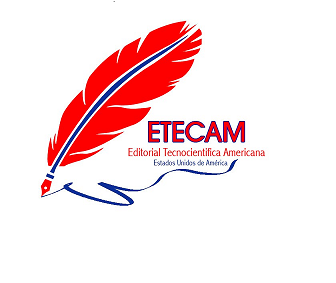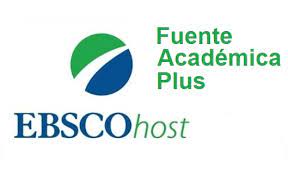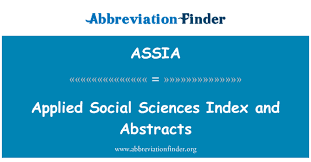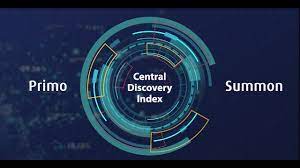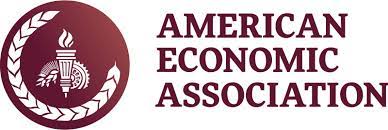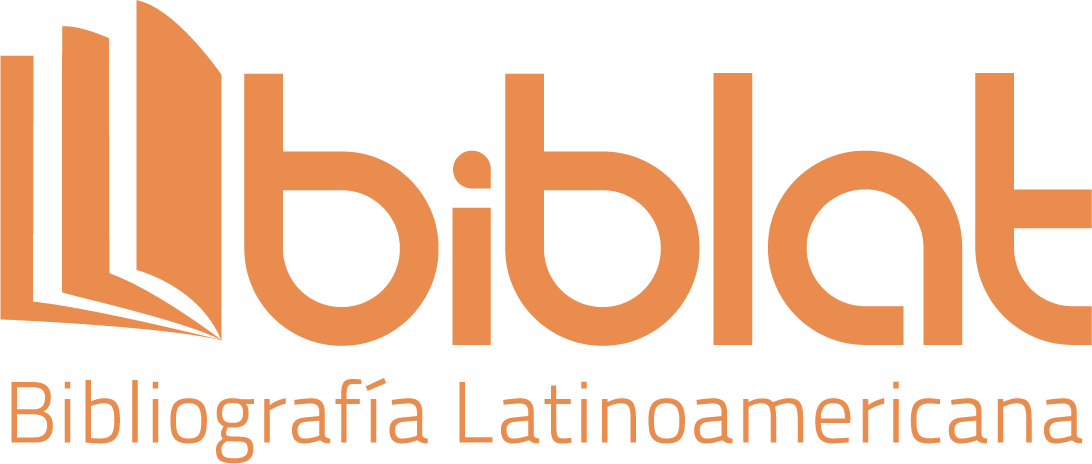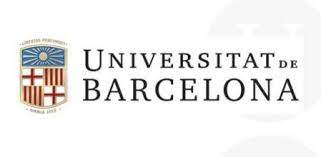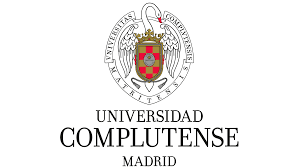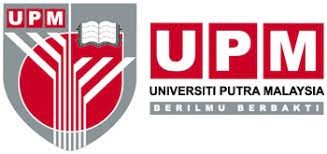Strategy based on the Japanese Abacus to enhance the learning of addition and subtraction at the elementary sublevel
DOI:
https://doi.org/10.51736/sa.v7iEspecial%205.385Keywords:
learning, mathematics, Japanese AbacusAbstract
Improving the understanding of basic operations in the mathematics teaching-learning process by students in their early ages, encourages the search for learning strategies. This article is based on identifying difficulties in the effective learning of the basic operations of addition and subtraction by students of the elementary sublevel, so the objective is proposed to socialize a strategy based on the use of the Japanese Abacus to enhance learning in additions and subtractions by elementary sublevel students, in the mathematics teaching process at the Dr. Carlos Reyes Andrade multigrade school, for the 2023-2024 school year. To do this, theoretical methods such as historical-logical, analysis-synthesis, modeling and structural-functional systemic were applied. As empirical methods, the analysis of documents, observation, the pedagogical test and the survey, which allowed us to characterize and contextualize the population of 19 students and two teachers of the aforementioned educational institution in Ecuador. The information processed determined that the contents related to addition and subtraction at the elementary sublevel have not been adequately treated. As the main result of the article, a Strategy is presented in whose design actions are proposed based on the use of the Japanese Abacus as an ideal tool to learn mathematics, specifically addition and subtraction by students of the elementary sublevel.
Downloads
References
Amaro, M., & Ruiz, G. (2018). Actitud hacia las operaciones básicas de matemáticas a partir del ábaco japonés en los alumnos de sexto grado. Debates en Evaluación y Currículum. https://centrodeinvestigacioneducativauatx.org/publicacion/pdf2017/E188.pdf
Amorim, A. C., & Soares d, A. (2020). A importância do pibid no processo de ensino e aprendizagem de matemática na educação básica. Revista Areté | Revista Amazônica de Ensino de Ciências, 13(27), Article 27. https://periodicos.uea.edu.br/index.php/arete/article/view/1829
Bullones, M. C. (2023). Tres miradas diferentes de la multiplicación: Ábaco, chino y japonés adaptadas a la actualidad. Revista Educar Mais, 7, 474–488. https://doi.org/10.15536/reducarmais.7.2023.3332
Fernández, C. M. (2016a). Una propuesta de enseñanza de suma y resta en escolares de tres, cuatro y cinco años. Unión - Revista Iberoamericana De Educación Matemática, 12(48), Article 48. http://revistaunion.org/index.php/UNION/article/view/532
Fernández, C. M. (2016b). Una propuesta de enseñanza de suma y resta en escolares de tres, cuatro y cinco años. Unión - Revista Iberoamericana De Educación Matemática, 12(48), Article 48. http://revistaunion.org/index.php/UNION/article/view/532
Fiallos, G. M., Fiallos, L. G., Criollo, B. M., & Carvajal Tufiño, M. E. (2023). Calidad, Pertinencia e Innovación del Aprendizaje Matemático en Ecuador ¿Mito o Realidad? Ciencia Latina Revista Científica Multidisciplinar, 7(2), 6076–6093. https://doi.org/10.37811/cl_rcm.v7i2.5773
González, J. P., Mateus, O., & Mateus, D. (2019). El Ábaco Sorobán: Lúdica para la comprensión de operaciones básicas. Educación y Ciencia, 23, 457–475. https://dialnet.unirioja.es/servlet/articulo?codigo=7982146
Porras, S. J., Berroteran, M., & Pérez, K. (2018). Sorobán como Estrategia de Aprendizaje en las Operaciones Básicas de las. 1, 17–37. https://www.researchgate.net/publication/343294357_Soroban_como_Estrategia_de_Aprendizaje_en_las_Operaciones_Basicas_de_las
Prem, D., & Saldívar, C. (2020). P’ awaq Yupana -Neoábaco de lógica híbrida. https://doi.org/10.13140/RG.2.2.12267.21285
Ros, G., & Rodríguez, M. T. (2021). Influencia del aula invertida en la formación científica inicial de Maestros/as: Beneficios en el proceso de enseñanza-aprendizaje, actitudes y expectativas hacia las ciencias. Revista de Investigación Educativa, 39(2), Article 2. https://doi.org/10.6018/rie.434131
Ruiz, J. M. R. (2008). Problemas actuales de la enseñanza aprendizaje de la matemática. Revista Iberoamericana de Educación, 47(3), Article 3. https://doi.org/10.35362/rie4732348
Tafarelo, A., & Bonanno, A. de L. (2016). A construção do conceito de número e suas implicações na aprendizagem das operações matemáticas. Educação Matemática na Contemporaneidade: desafios e possibilidades. XII Encontro Nacional de Enduca©ão Matemática, Universidade Cruzeiro do Sul. https://www.sbembrasil.org.br/enem2016/anais/pdf/5122_3136_ID.pdf
Valle, A. D. (2012). La investigación pedagógica. Pueblo y Educación.
Published
How to Cite
Issue
Section
License
Copyright (c) 2024 Karina Mercedes Torres Maldonado, Leydy Isabel Ochoa Armas, Gladys Margarita Criollo Portilla, Roger Martínez Isaac

This work is licensed under a Creative Commons Attribution-NonCommercial-ShareAlike 3.0 Unported License.













